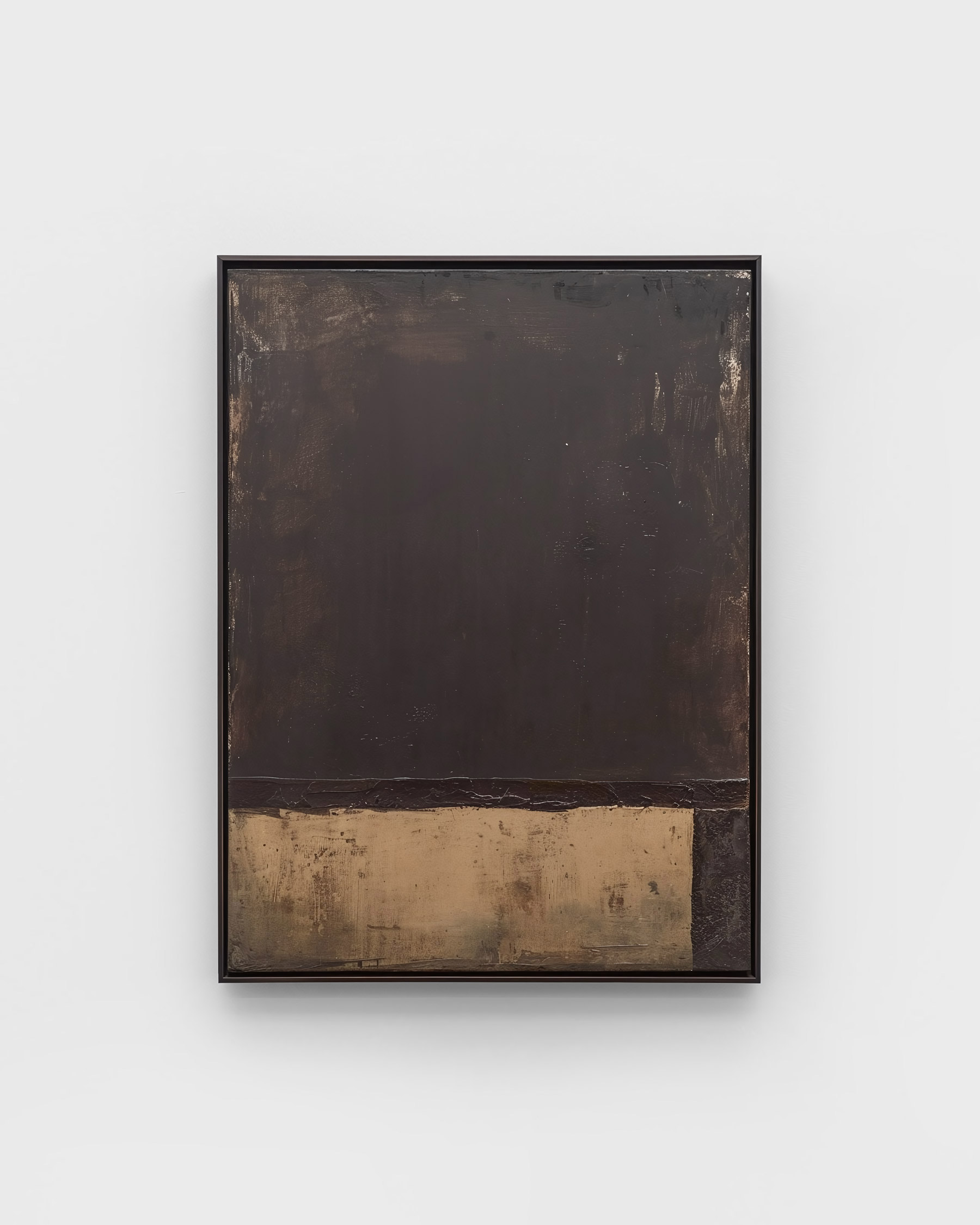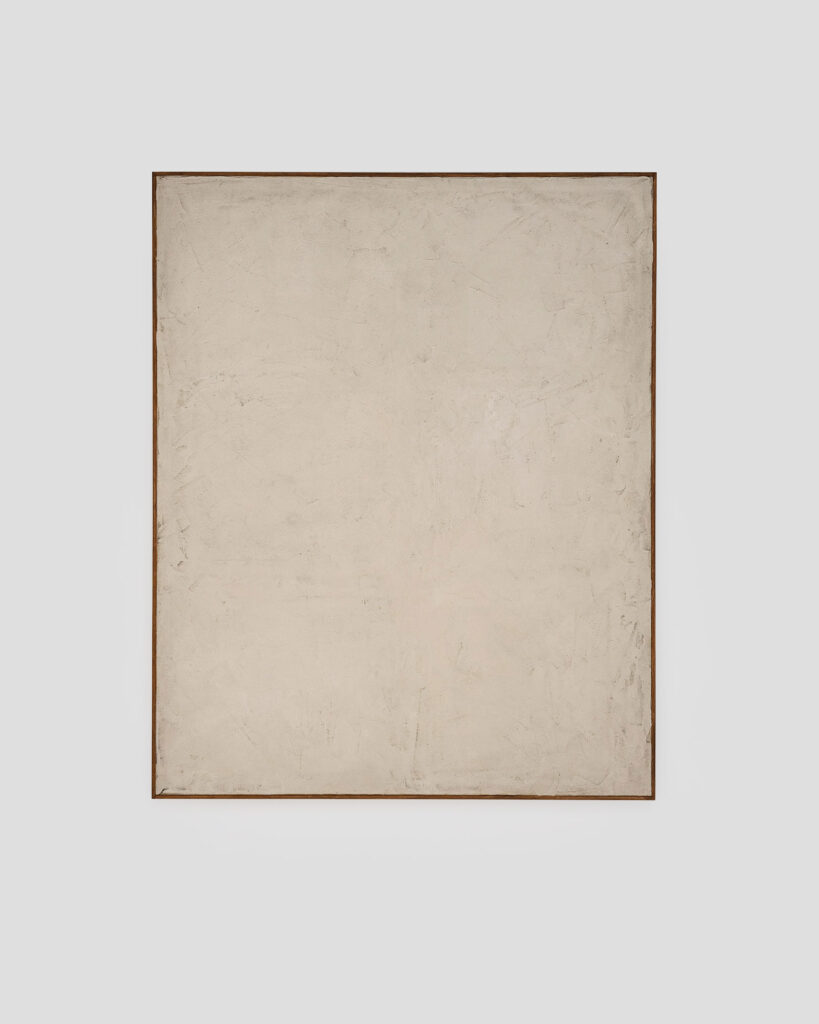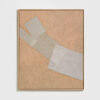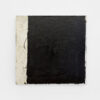Discussing Contemporary Art is multifaceted and complex. It’s nearly impossible to consider all aspects, after all, our perception, interpretation, and understanding of art is purely subjective. Nevertheless, this personal exchange of one’s perception enriches the engagement with art.
In recent conversations with gallery owners, directors, and other personalities from the art scene, the term “loud art” has been mentioned increasingly often when we talked about Contemporary Art. An interesting and also fitting term, because as someone who works with art daily, I feel detached from it in most cases.
It is indeed too loud and too restless for me, and I rarely find the kind of inspiration in it that I wish for when looking at art. Contemporary Art can be shrill, grotesque, kitschy, bizarre, and above all, loud. So I ask myself — is that the role of art in today’s world? Or did people 100 years ago feel the same as I do today when they looked at works by the Avant-garde, for example?
I read an interesting article about this in the “Neue Züricher Zeitung”, in which the author, Gabriele Detterer, describes how today’s art scene, in contrast to the Avant-garde of the 20th century, lacks a collective vision. This leads to the fact that no coherent direction or clearly defined style can be recognized in today’s art scene. The Avant-garde often followed an intellectually well-thought-out plan and consciously wanted to break with traditions and create something new that stood out from what had gone before.1 An interesting thought. And today?
Today, Contemporary Art strives above all for attention. In the works of many contemporary artists, just like the artists of the Avant-garde back then, we see an exploration of personal or cultural identity, criticism of social and institutional structures, or the processing of political and/or sexual oppression or liberation. There is no doubt that this kind of art is important! It brings out the invisible, it forces us to look at the aspects of a society that we might want to close ourselves off from. But does all art have to make a statement or stand for something?


What happens to the aesthetic value of art when it becomes increasingly political, louder, or shriller? What does this art do to us as viewers? How does it make us feel? I sometimes wonder what future generations will say about our time when they look back and see works by currently “celebrated” artists. Will these works still be relevant in 100, 200, or 300 years? I don’t know.
Artists nowadays are under pressure to be constantly visible and to market themselves. Anyone can be an artist these days. Thanks to social media. But who decides what becomes visible and is ultimately bought? The gallery owner? The curator? The buyer? Or the algorithm?
And here we come to the ‘problem’ of loud art: it makes art with a calm aesthetic less visible. Yes, minimalist art is harder to understand. Yes, it requires time. It does not make loud statements but invites thoughtful contemplation, a counterpoint to the loudness of our society. And it invites us to introspection. In a world that is becoming ever louder and more confusing, don’t we need silent art more than ever?
Because not all art has to send a message or draw attention to something. Sometimes the value and purpose of art lies in just being — saying nothing, commenting on nothing, simply being unintentional. In times when the aesthetic in art is increasingly being forgotten and replaced by messages, it might be time to pause and reflect: What do we actually want from art? What do we expect as viewers? What role does art play for me in a world that is becoming ever louder and more chaotic?
I’d love to hear your thoughts on this. Comment here or join the conversation on Instagram.
Further Reading / Resources
About Exploring Aesthetics:
Sarah loves asking questions and exploring the things she engages with on a daily basis. Exploring aesthetics is her column which discusses art, design, and aesthetics to explore, inspire, and question the status quo.


